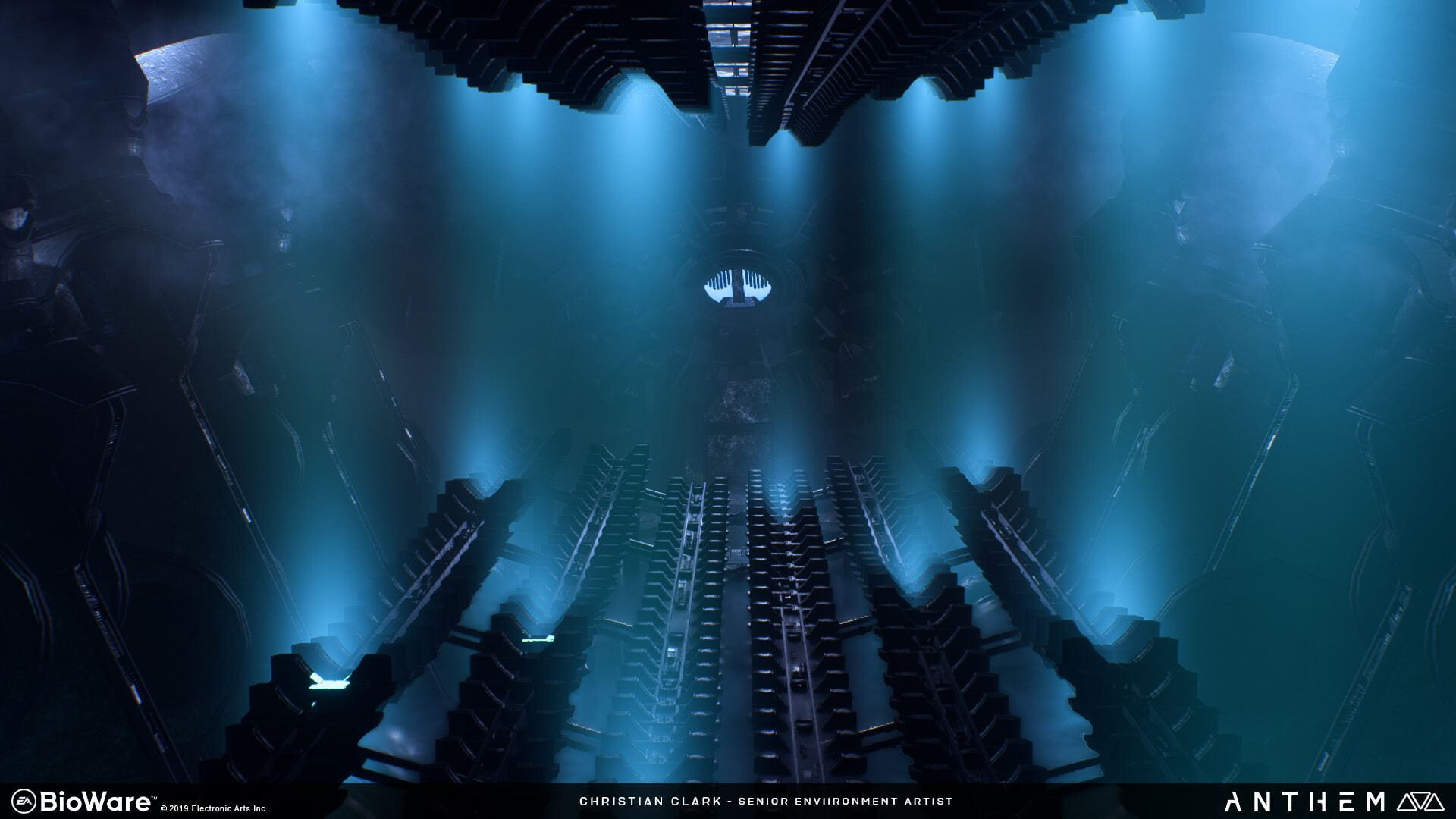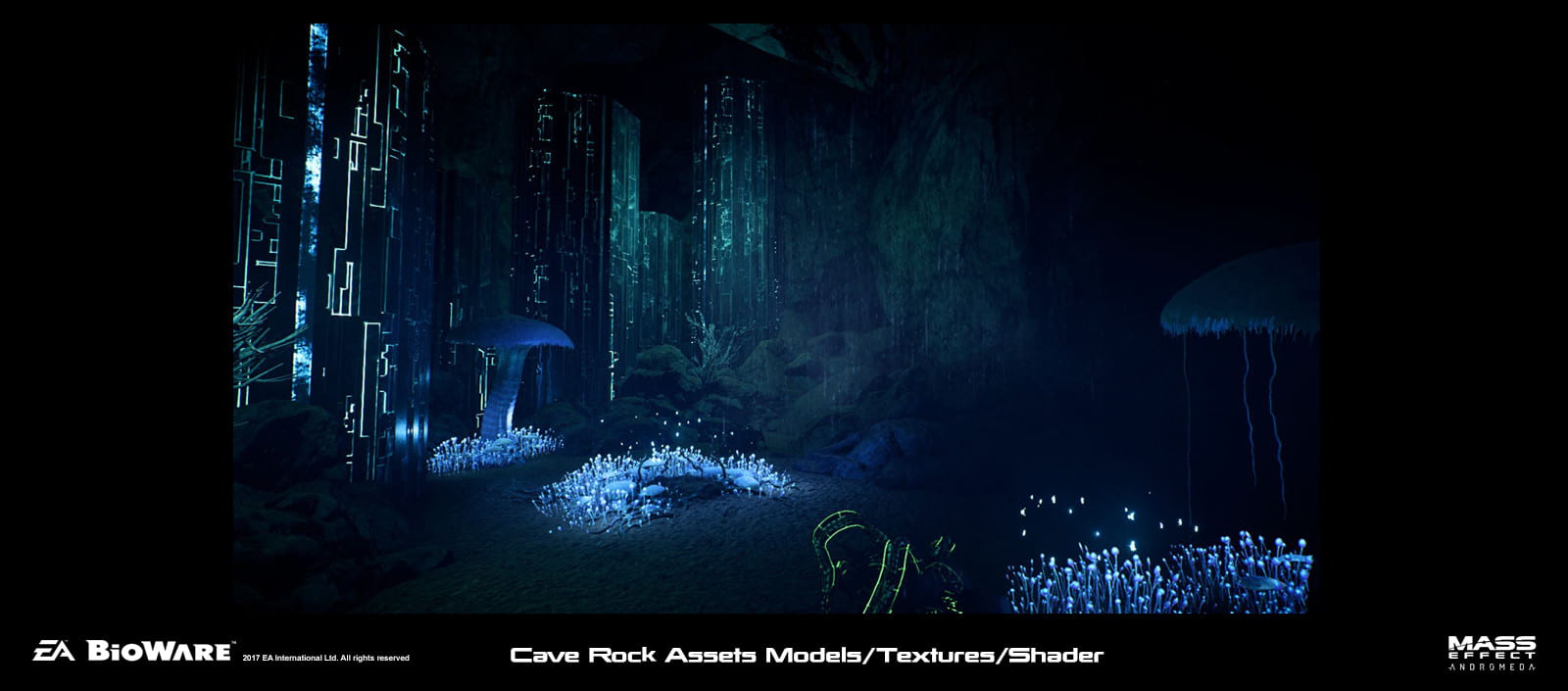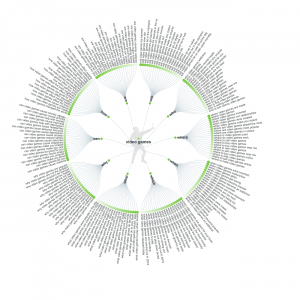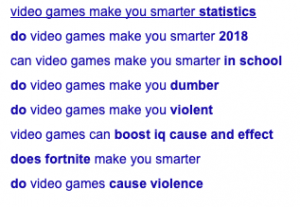For the uninitiated or uninformed that are new to this student blog, in my youth, I have always had great aspirations of becoming a film critic for either a news company or my own private business. So far I have a YouTube channel with hundreds of subscribers, and have been using the channel for almost 5 years. I was always fascinated of the idea of watching movies (for free at a press screening or at a local cinema) and talking about them to many people including friends, family, classmates and whoever is out there willing to listen, but I always wondered what it was like once I hit that peak of fame and being recognized by fans for my occupation. One of those people who have reached that accomplishment is film reviewer on YouTube, Sean Chandler.
Sean Chandler started his channel, Sean Chandler Talks About, in summer of 2016 and now has a total of over 140,000 subscribers on YouTube page. Before the creation of his movie blog, he started his first movie website during his years in high school which he said didn’t get anywhere, he would always be a part of IMDb message boards, and would be in the comment section to websites such as Collider, and of course YouTube. In terms of inspiration, he addressed that in 2011 the first batch of movie reviewers gained traction such as Chris Stuckmann, Jeremy Jahns and especially John Campea, who created a precursor called “For Your Consideration” (before the installation of “Movie Talk” which he would known for in the long run) and he would view it from episode one and beyond.
His most popular video to date is “All 21 MCU Villains Ranked From Worst to Best (w/ Kilmonger from Black Panther)”
He started up his first demo video in May 2013 for about three years for every six months and wasn’t as successful as he hoped, but in summer of 2016, as he was unemployed for several months and had free time on his own accord decided to apply his creativity energy go somewhere and over the course of his channel uploading review after review which gained not as much traction, his popular ranking videos on such franchises like Star Trek and the Marvel Cinematic Universe skyrocketed his channel into tremendous success attracting more views than he could imagine. But was it all just by being lucky?
“There’s always a side of luck anytime you have significant success to other people around you,” said Chandler, “you’re either really that egotistical or really that talented. There’s always some luck, especially with YouTube.”
His latest review of “1917”.
When asked him about a quote from a YouTube movie reviewer that there is a distinction between a movie critic, who is much more negative and critical, whereas movie reviewers are more easygoing and expressive to others and they cultivate a community on YouTube, he answered that in his mind, he feels that in his mind for what does to find his place in world, he feels more comfortable agreeing with the statement.
“When you go from delivering paint, being in the comment section, watching people’s videos to being a certified critic on Rotten Tomatoes in a relatively short period of time” said Chandler, “I try to define what I am and how I perceive myself, I haven’t quite nailed anything yet…I default much more to the idea of being a movie reviewer and building community [and branding a YouTube channel]…”
Sean Chandler Talks About has been rapidly grown popularity and growth over the years and his consistency and drive for addressing movies to the public and how he feels towards specific film while generating videos for all the YouTube community to see is what makes him an admirable and inspiration figure to so many people.
“I think discovering people like John Campea planted a little seed in my mind that, when the time was right, changed the whole trajectory of my career,” said Chandler as he shares a story that would continue inspire others about second chances. “I was in a very bad place when I started my channel…the first two and a half years of my channel, I was delivering paint for a living. Picking up buckets of paint, going to construction sites, getting off work, washing the paint off of my hands and face and then shooting a video upstairs, editing, going to bed, and then waking up at 6 am to deliver paint again. I think there’s something inside of that that’s very powerful and profound for a lot of people. I try to intentionally share a story that could help other people, and people message me all the time saying, “I started my channel, because I was inspired by you” which is awesome. I know the people who were that for me, and it’s very cool to get to be that for somebody else.”
FULL INTERVIEW IN IT’S ENTIRETY BELOW






